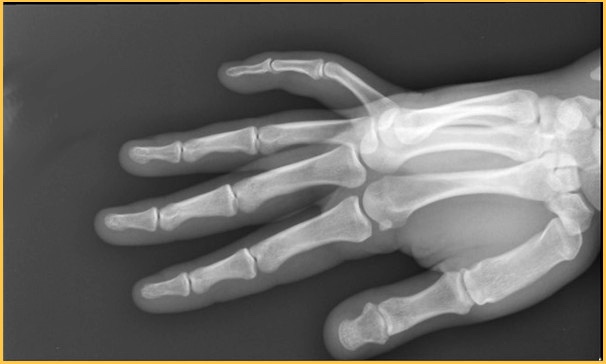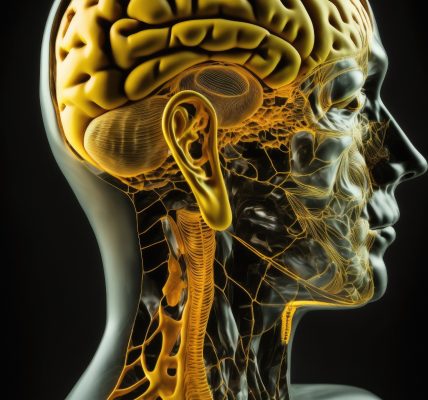Compulsion, the First C of Addiction

This fittingly tripartite definition from Jed Diamond Ph.D., provides an interesting starting point for some deep dives into human psychology as it relates to drug addiction:
I’ve worked with addicts for more than 40 years and they all exhibit these three characteristics. I call them the 3 Cs. When they use the drug there is a feeling of Compulsion. There is an overpowering feeling of needing to get a “fix.” Second, there is a loss of Control. An addict may try and set limits on their use, but they continually violate them. One “taste” of the drug always leads to more. Third, there is a Continuation of use despite negative consequences. Even when the drug is causing problems in their lives, the users continue to take the drug.
What, again, is that overpowering need? To get a “fix.” Because fixed is the opposite of broken, a condition nobody wants to be in. When a person breaks a finger that now sticks out at an unnatural angle, the first impulse is to grab it and straighten it, even if pain is involved. The addict in withdrawal feels that something is very wrong, and is compelled to find a way to change that condition and regain the sensation of everything being all right.
Dr. Pretlow has pointed out that compulsive means mindless, and quite possibly not even making sense to the person. People do these things with full knowledge that negative consequences are in store. Paradoxically, the overeater, smoker, alcoholic, or drug addict may not even enjoy the behavior all that much, but nevertheless they feel like they “must” do it. Dr. Pretlow said,
More importantly, deciding whether to engage in the addictive behavior (the displacement activity) itself constitutes a conflict — not doing the addiction behavior would no longer displace conflict energy versus doing it would produce further negative consequences. Yet, the way the human brain handles conflict is by displacement activity (the addictive behavior), thus a no-win, spiraling, out-of-control compulsion to engage in the addictive behavior.
Sometimes, the intentional exploitation of Body-Focused Repetitive Behaviors (BFRBs) can help, because as Dr. Pretlow has said, both compulsive eating and BFRBs spend nervous energy and accomplish displacement/distraction from the stress:
BFRB treatment methods, such as snapping a rubber band against their wrist or squeezing their hands together to quell an urge to eat in the moment, or distress tolerance (surfing the urge) did seem effective.
Cross-addiction and compulsion
There is a phenomenon called cross-addiction, in which the compulsion is not aimed at a particular substance or even at a particular category of addiction. Recovering alcoholics are advised to stay away from psychoactive drugs, and vice versa — recovering drug addicts need to avoid alcohol. But if the problem is food, a person can’t avoid edible substances. This makes the addiction to eating a special case.
A person who seems to be addicted to breakfast cereal, are they really? Or if that particular category of food were not available, would they just go ahead and eat as much as possible of some other food category — in other words, whatever is available? If food choice and availability are strictly limited, like in prison, would that person as easily fall into a gambling addiction?
In some cases, the compulsion appears to be effortlessly and seamlessly transferrable. What does this imply for the whole field of addiction studies and for even the possibility of recovery? New Day Recovery center also warns that although cross-addiction can seem harmless, it is “a route back to the original addiction.” When someone who used to be addicted to cheesecake is now addicted to running, jokes are made. Unfortunately, the subject is not that funny. How’s this for a discouraging quotation?
All addictive substances stimulate the same pleasure and reward system in your brain. It’s the same system that drives the pleasure you get from eating, sexual activity, sports and leisure activities…
Like a dog that humps a toy or a human leg, compulsion just doesn’t care much about its inspiration — although society usually does. This New Day Recovery page says, “In some cases, you might inadvertently transfer addiction from one substance to another — or even to a behavior.” It has also been suggested that cross-addiction could logically be called omni-addiction or any-addiction — with the implication that an addiction-prone person tends to be open to capture by any substance, usually whichever one gets there first. According to New Day Recovery,
Substance use disorders are so pervasive because of the way the brain processes pleasure and reward. This means that you can’t make addiction go away entirely, but you can gain control over your symptoms… It’s striking how adept the addicted mind is at convincing you that addictive behavior is acceptable. Bear in mind that the same thing happens as cross addiction creeps in. When it comes to addiction, pretty much any substance or behavior that causes pleasure is a potential risk.
But then, another confounding contradiction creeps in, as summarized by Dr. Pretlow:
Furthermore, pursuit of pleasure is not typically a compulsion; rather displacement of emotional distress (pain) is what produces a compulsion. The power is in pain avoidance, not pleasure.
Written by Pat Hartman. First published April 19, 2024.
Sources:
“Are Fat, Sugar, and Salt the New Heroin, Meth, and Cocaine?,” Medium.com, September 22, 2020.
“Addiction Model Intervention for Obesity in Young People,” Weigh2Rock.com, November 10, 2014.
“6 Surprising Cross Addiction Facts To Help You Understand It,” NewDay-Recovery.com, undated
Image Copyright: Haz Photos/CC BY-ND 2.0 DEED




